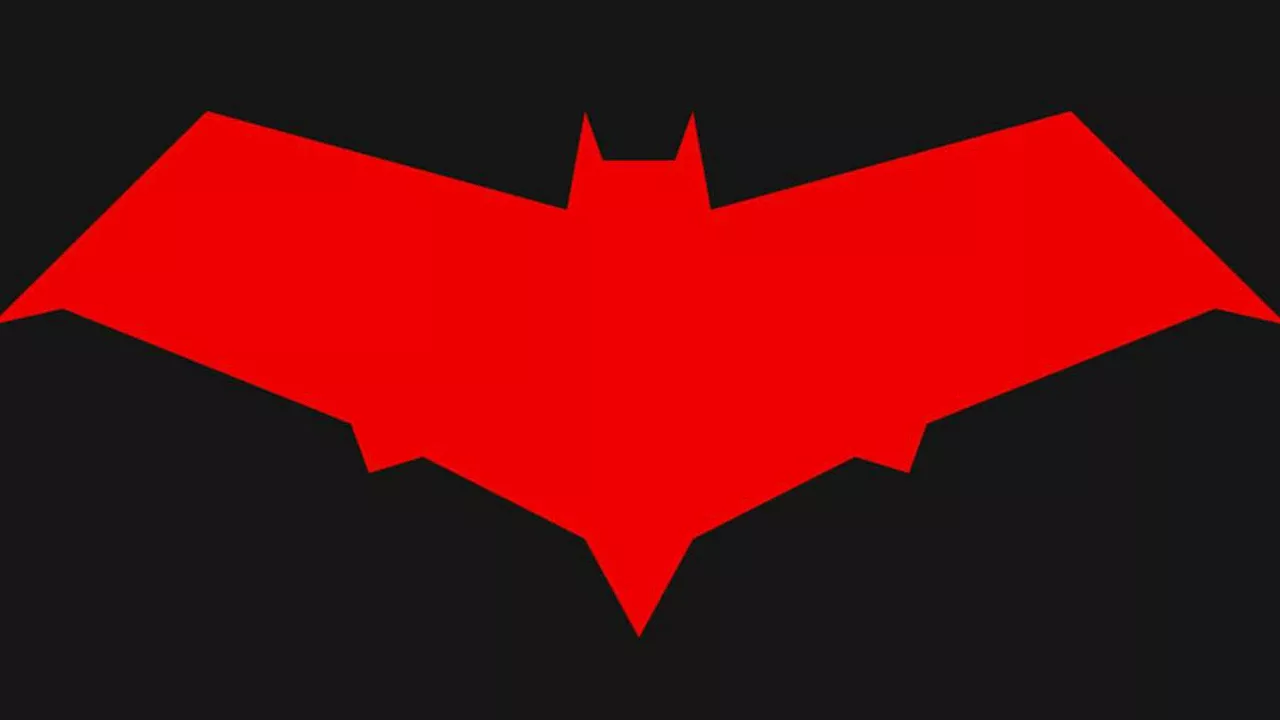In a recent analysis of Jason Todd’s character as the Red Hood, fans have raised concerns about the tactical implications of his iconic bat symbol. The emblem, prominently displayed on his chest, carries significant meaning that may inadvertently compromise his effectiveness as a vigilante in Gotham City. This observation, highlighted in the 2016 series *Red Hood and the Outlaws* by Scott Lobdell and Dexter Soy, underscores the dual nature of the symbol—both a connection to the Bat-Family and a potential vulnerability.
Symbolism and Tactical Implications
Throughout the *Red Hood and the Outlaws* series, the implications of Todd’s emblem become apparent during confrontations with notorious villains such as Black Mask. In *Red Hood and the Outlaws #3*, a conversation between Jason and Black Mask reveals the hidden meanings behind the bat symbol. When questioned about its significance, Jason casually remarks that he wears it simply to “yank the guy’s wings.” However, later in the series, Black Mask interprets the bat symbol as a “leash” tethering Jason to Batman, suggesting that it denotes his struggle with his own identity and unresolved issues.
This exchange highlights a critical point: while the bat symbol is meant to inspire fear among criminals, it also signals Jason’s allegiance to Batman. As Black Mask aptly puts it, the emblem portrays Jason as an “errant child seeking your father’s love,” raising questions about the effectiveness of such a visible marker when operating in the criminal underworld.
Undercover Challenges in Gotham’s Underworld
In a city rife with crime, the decision to prominently display the bat symbol complicates Jason Todd’s undercover operations. Criminals in Gotham are increasingly familiar with the identities and histories of the Bat-Family, making it counterproductive for Jason to give them any reason to suspect him. His use of the bat emblem not only signals his connection to Batman but also exposes his vulnerabilities, potentially endangering his missions.
Moreover, the emblem may unintentionally project Jason’s personal struggles, particularly his complicated relationship with Batman. This could lead adversaries to exploit these psychological weaknesses, making the logo more of a liability than an asset. While some might argue that the bat symbol serves as a deterrent, it also risks revealing too much about Jason’s motives and past.
There is a notable contradiction within this emblem choice. Jason has altered his logo multiple times throughout his history, yet he continues to associate himself with the bat motif. This attachment can be viewed as a double-edged sword; while it provides him with an immediate recognition factor, it also indicates a lack of discretion when attempting to blend into Gotham’s criminal landscape.
Ultimately, while the bat symbol might inspire fear in the hearts of some criminals, it can lead others to underestimate Jason Todd. They may perceive him as a less dangerous adversary, which can offer him a tactical edge. The question remains whether this advantage outweighs the risks involved.
In conclusion, the bat symbol worn by Red Hood is not merely an aesthetic choice; it carries significant implications for Jason Todd’s identity and effectiveness as a vigilante. As Gotham City continues to be a battleground for crime and justice, how Jason navigates these complexities will determine the impact of his choices on his mission and legacy.







